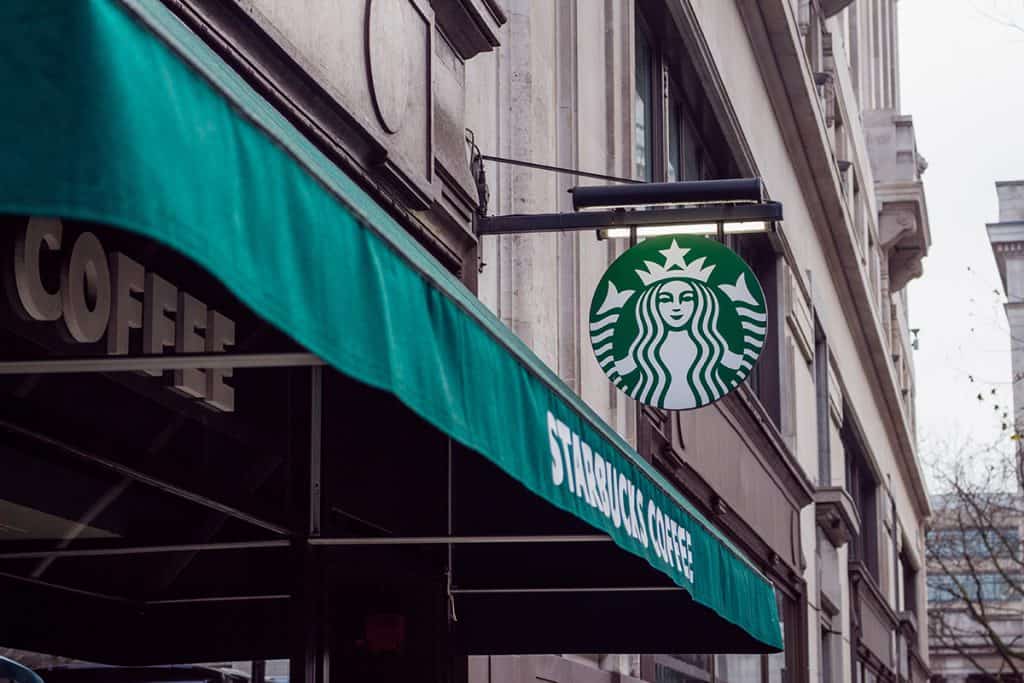The booming growth of eCommerce these past few years is undeniable and a large con of that has been the spam from marketing emails or App notifications in our smartphones. With at least 71 million enterprises in Southeast Asia, it is no wonder that there is an overwhelming amount of targeted online marketing – multiple times a day!
For brands, this means that it can be easy to get missed or scrolled away if your messaging is not eye-catching enough. Even if you manage to catch a customer’s attention, staying in your target audience’s memory is an art. People need to remember your brand name and visualize your offerings to become repeat buyers.
How can you differentiate yourself from competitors and stay relevant? Here is a neat compilation of 5 ways to create an impressive and memorable brand:

1. Get your brand name right
A brand, just like any individual, starts getting recognized by its name! Keep it simple, sweet, and meaningful to make your mark in customers’ minds. Great customer service or a unique font can also make people associate the product function with the meaning behind your brand name. Ace at naming your brand through:
- Relevancy – Come up with a name that is relevant to the product category that you are selling. A free brand name generator can help. For instance, if you sell headphones, Audiory and SoundBeats are good names, as opposed to an irrelevant one such as Rizz Up.
- Market research – Do some market research of the top brands in your category to gather an understanding of what people might like. Here are some local brands in the Philippines, Indonesia, and Vietnam to spur your creativity. Focus on identifying a brand name that is simple, represents your unique purpose, and has a nice ring to it for a lasting impression.
- Basic guidelines – Keep in mind to use an original name that contains brief characters and in the English language or in your local language. You also want to be sure that your brand name is not a duplicate of another company in your country. Lastly, check that there are no derogatory, offensive, or sensitive words.
2. Craft a memorable catchphrase
Less is more when it comes to crafting a memorable slogan or catchphrase for your brand. Who can forget Nike’s Just Do It, L’ORÉAL’s because you’re worth it, KFC’s Finger-Lickin’ Good, Subway’s Eat Fresh, and Disneyland’s The Happiest Place on Earth? Brainstorm an impactful and attractive catchphrase with these in mind:
- Define your brand essence – What sets your brand apart from competitors and what is the core value of your offerings? For instance, a friendly neighborhood pharmacy focused on personalized consultation and improving the general health of the community can be “health is our passion.”
- Understand your target audience – Your target audience are people who are likely to purchase your product and have a problem that you can solve. Focus first on demographics – are you appealing to a combination of generations or specifically Millennials and Gen-Z-ers? For example, if you wish to attract a wide range of ages, use a catchphrase with a lingo that everyone can accept. Next, look at psychographics such as education level, purchasing power, media habits, leisure activities, and more. For instance, if you target those who don’t possess a higher education, your catchphrase should not contain bombastic words.
- Consider the consumer problem – What pain points do your target audience have? Using the same example of a pharmacy, this business targets individuals who need supplements to avoid falling sick, or to fill in gaps in nutrition intake, or to enhance their youth and beauty. You may want to highlight your main function in your catchphrase, that also captures the emotion, such as L’ORÉAL encouraging women to care for their hair using premium hair products because their beauty is worth it.
3. Define your brand identity
Your brand identity can determine whether your success soars like an eagle or stays on the ground like a chicken. It is the personality of your business and a deliverable promise to your customers. In simple terms, your brand needs to represent values that your target customers hold dear to in order to win their interest and loyalty.
As Peter Drucker said, know your customer so well that the product fits them and sells itself. So, how can you effectively define your brand identity to attract customers? Firstly, build an image that embodies values which align with your target customers and build a supportive community. Speak out on issues that matter to you and such community by using consistent messaging on all your platforms be it product packaging, your brick and mortar shop signboard, and/or all social media platforms.
Next, identify what kind of tone and voice you wish to use. Is your brand one with an inspiring startup story that shares stories honestly? Or are you known for being exciting and edgy? Perhaps you are instinctively identified as funny or quirky, perhaps even professional or esteemed.
4. Intentionally create the ripple effect
Ever hear how someone is “invested” in a story? That’s the key to making your brand unforgettable! Business storytelling is a thing and people love a good ol ‘rags to riches story.
People want to buy from people. Down-to-earth brands garner a ripple effect support where happy buyers learn about your story and share it to others. This goes on in a ripple pattern where buyers get buyers not for commission but simply because they believe in the product that you are selling. Of course, you can offer vouchers using eCommerce seller tools where customers get a discount off their next purchase when they leave a review.
To your brand supporters, not only does your product solve a problem in their daily lifestyle, it also inspires them to do better as a human being. Post on your social media pages about whose lives are changing thanks to your product and what impact are you making in your community. Arouse interest, affection, and empathy in your marketing messages whenever possible.

5. Harness the power of sensory branding
Sensory branding i.e. appealing to sight, smell, taste, touch, and hearing has been found to be highly effective in capturing attention, forging an emotional connection with target customers. It is a non-conventional yet unique way to linger in shoppers’ minds. In fact, a Harvard story has touched on how our sense of smell is strongly linked to memory and emotions.
Ever walk past a Victoria’s Secret store and wonder “What is that delicious smell?!” Before you know it, you find yourself wandering into the shop and checking out their perfumes, only to be greeted by more amazing scents through samples given out by warm friendly shop assistants.
And who can forget Coca-Cola’s iconic pop of the bottle followed by the hiss of soda. Closer to home, we all have a few snacks that remind us of fond childhood memories when we manage to get our hands on them and sink a bite in.
How can you then harness sensory branding in your eCommerce and brick-and-mortar store efforts? Simply include samples in customer purchases with a continuous theme of scent. For instance, a cleanser, toner, and moisturizer with honey, or strawberry, or rose extract in every little packet. Alternatively, you can use a special kind of packaging such as pink paper or a how-to card in the shape of a house, animal, or flower to be aesthetically pleasing.










